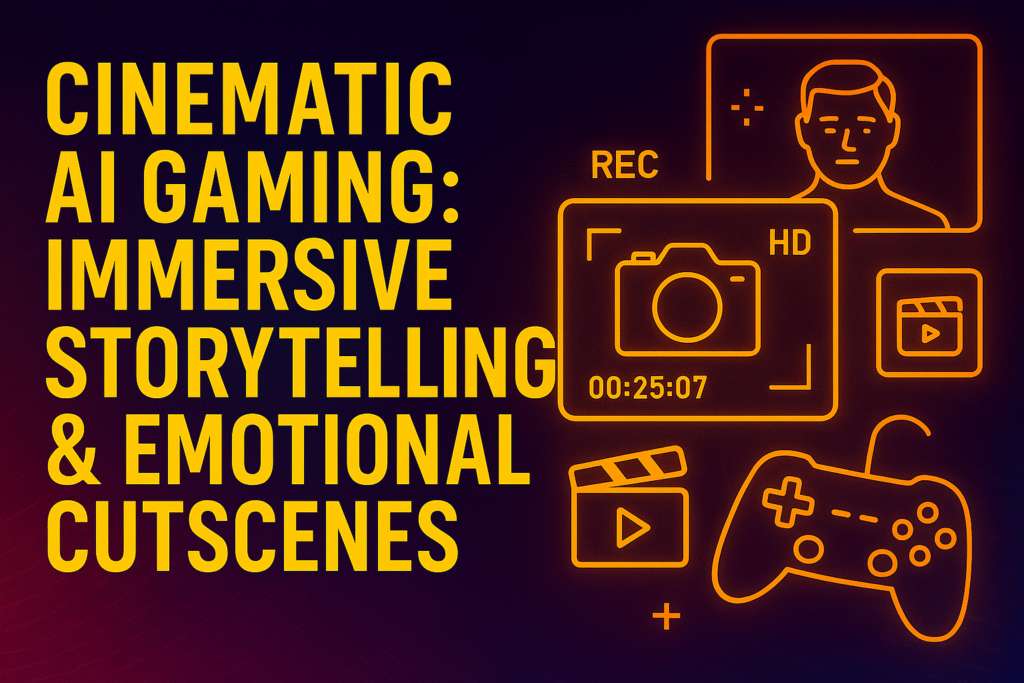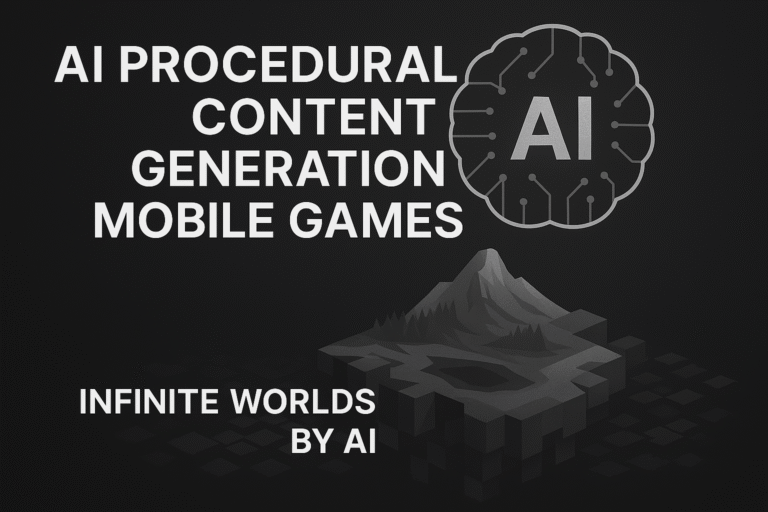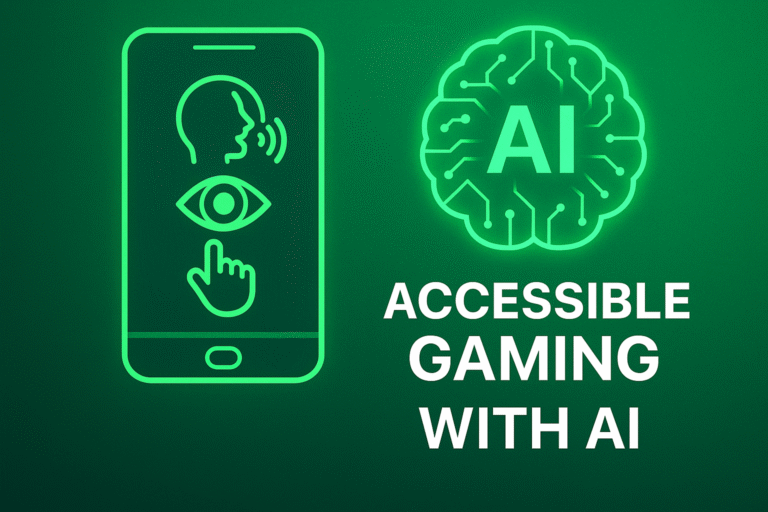
Where gameplay meets filmmaking—this cinematic thumbnail showcases AI-directed shots, dramatic lighting, and emotive HUD overlays with a premium 16:9 composition.
1. What Is Cinematic AI Gaming?
Cinematic AI Gaming blends artificial intelligence with real-time storytelling, procedural cinematography, and emotion-aware cutscenes. It transforms gameplay into a movie-like experience—where camera angles, lighting, and dialogue evolve based on your actions and emotional state.
2. AI-Driven Camera Systems
AI-powered camera tools like Unity Cinemachine and Unreal’s MetaHuman Animator dynamically adjust framing, zoom, and angles based on:
- Scene composition
- Character emotion
- Player movement
These systems ensure every moment feels like a perfectly directed shot.
Explore Palos Publishing’s breakdown of AI-powered cinematic direction in games.
3. Procedural Cutscene Generation
Games now use AI to generate cutscenes on the fly:
- Branching dialogue trees adapt to player choices
- Emotion-aware animations reflect character mood
- Scene transitions shift based on pacing and tension
This reduces manual animation work and boosts narrative flexibility.
4. Emotion-Aware Dialogue & Voice AI
AI voice synthesis tools like Replica Studios and ElevenLabs generate dynamic voiceovers that:
- Match emotional tone
- React to player decisions
- Shift delivery based on pacing
Internal link: See how this connects to Emotion-Driven Gaming
5. Real-Time Lighting & Environment Control
AI adjusts lighting and weather in real time to match narrative beats:
- Storms during tense moments
- Warm tones during emotional reunions
- Shadows that follow suspenseful pacing
NVIDIA’s RTX Remix and neural rendering tech are leading this charge.
6. AI-Directed NPC Performances
NPCs now act like trained actors:
- Facial expressions adapt to dialogue
- Body language shifts with mood
- Scene blocking aligns with camera framing
Games like The Last of Us Part II use AI-assisted facial animation for cinematic realism.
7. Adaptive Storyboarding & Scene Planning
AI tools like Charisma.ai and Reelmind help developers:
- Auto-generate storyboards
- Suggest camera transitions
- Plan emotional arcs based on gameplay flow
This streamlines production and enhances narrative depth.
8. AI-Powered Editing & Scene Stitching
AI editors can:
- Auto-cut scenes for pacing
- Insert flashbacks or foreshadowing
- Reorder sequences based on player emotion
This creates a seamless cinematic experience without manual editing.
9. Personalized Cinematic Experiences
AI tracks player behavior to tailor:
- Cutscene outcomes
- Dialogue tone
- Camera focus
Games like Cyberpunk 2077 and Detroit: Become Human use this to deliver unique emotional journeys.
10. Future of Cinematic AI Gaming
Expect innovations like:
- AI cinematographers that learn your style
- Emotion-synced music scores
- Player-directed scenes using voice or gesture
Explore Yellowbrick’s guide on AI-driven storytelling careers.
Internal Links
- Emotion-Driven Gaming
- Gesture-Controlled Gaming
- Holographic Gaming
External DoFollow Links



